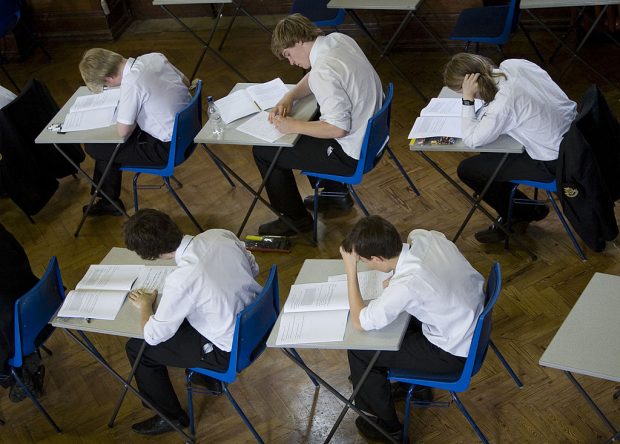One of David Cameron’s last acts as Prime Minister was to approve an application by Ashlawn School in Rugby to set up a new free school in the city. It’s not surprising that Ashlawn’s application was approved. Not only has it been ranked ‘Outstanding’ by Ofsted, but last year 74 per cent of its pupils got five GCSEs at grade C or above, including English and maths (a metric known as ‘5A*–CEM’). Even more impressive, 65 per cent of its pupils from disadvantaged backgrounds met that same target.
However, before Ashlawn can open its new school in 2017 it has to overcome an obstacle. Ashlawn is one of England’s three dozen or so partially selective schools. These schools represent a ‘third way’ between grammars and comprehensives in that they select a minority of their pupils according to general ability. In Ashlawn’s case this means that 12 per cent of the 256 pupils it admits each year are selected according to their performance in the Warwickshire 11-plus exam, with the remainder being fully comprehensive.

Britain’s best politics newsletters
You get two free articles each week when you sign up to The Spectator’s emails.
Already a subscriber? Log in







Comments
Join the debate for just £1 a month
Be part of the conversation with other Spectator readers by getting your first three months for £3.
UNLOCK ACCESS Just £1 a monthAlready a subscriber? Log in